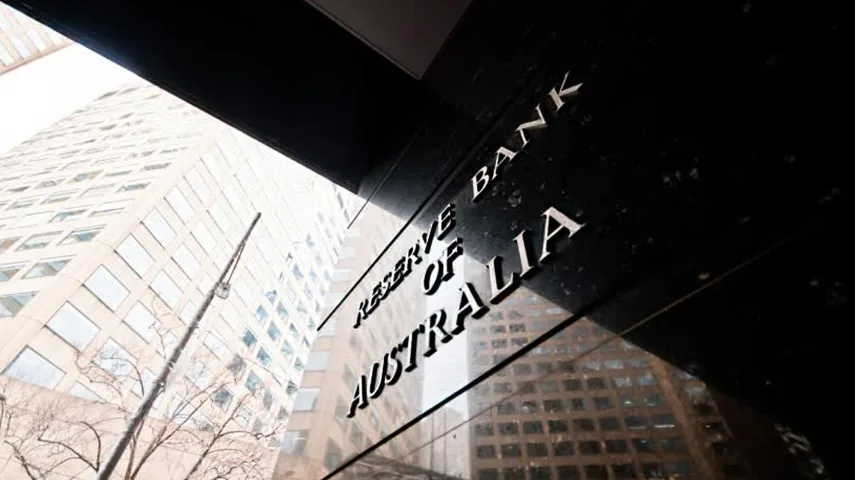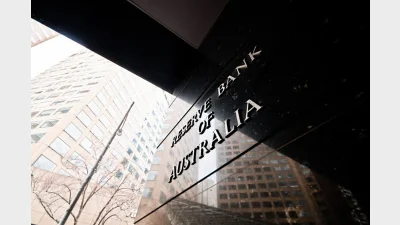RBA announces rate day decision



The central bank has served up a disappointment for punters on Melbourne Cup Day.
The Reserve Bank of Australia (RBA) has announced another rate hold after the September consumer price index (CPI) data reinforced the need to remain vigilant to upside risks to inflation.
The RBA left the cash rate unchanged at 4.35 per cent for the eight consecutive time.
The market was more or less unanimous on the RBA holding the cash rate.
The RBA’s last rate hike occurred in November last year, marking its 13th since it commenced its tightening cycle in May 2022.
Since then, trimmed mean inflation has eased from 5.1 per cent year-on-year to 3.5 per cent, and while it does align with the RBA’s forecast from August, it is believed to have placed the central bank on a cautious stance on rate cuts.
Last month’s CPI print shifted the outlook for interest rate cuts into 2025, highlighting ongoing concerns over core inflation that remained stubbornly above the Reserve Bank’s target.
Namely, while the latest CPI print had seen inflation drop to 2.8 per cent over the past 12 months to September, core inflation remained above the Reserve Bank target.
At the time, Gareth Aird from the Commonwealth Bank of Australia acknowledged that while the September quarter CPI indicated continued disinflation, it had not progressed at the pace anticipated on an underlying basis.
“The upshot is that we no longer expect the RBA to cut the cash rate in December 2024. Instead, we pencil in February 2025 for a 25 bp rate decrease,” Aird said.
Similarly, Andrew Canobi, director at Franklin Templeton Fixed Income, said this inflation print was a sign that a 2024 rate cut was unlikely, as core inflation and a strong labour market pointed to continued resilience.
Also offering his perspective at the time, State Street Global Markets’ Dwyfor Evans warned that underlying price pressures in healthcare, recreation, food, and insurance indicated stubborn inflationary trends, leading him to project early 2025 as a more realistic time frame for any RBA rate cuts.
“Consensus expectations on Q3 disinflation cannot mask concerns that online price pressures in Australia remain persistently high relative to the RBA’s 2–3 per cent target,” Evans said.
“A cautious RBA may again indicate early 2025 for rate easing when it meets and releases its monetary policy statement on 5 November.”
Recommended for you
A US-based infrastructure specialist has welcomed the $93 billion fund as a cornerstone investor.
Qantas Super has officially merged with ART over the weekend, with its CEO describing the “bittersweet” decision as being in the best financial interests of its members.
The super sector has apologised and vowed to fix widespread delays, poor service, and systemic failures in processing death benefit claims, following an ASIC review.
Long-term investors face a critical decision – stay the course or pivot, says leading economist Shane Oliver.












